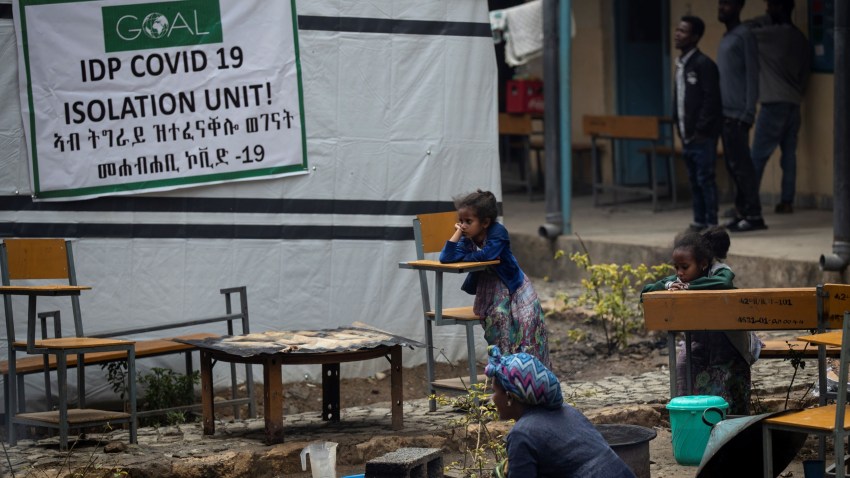It is now three years since United Nations Secretary-General Antonio Guterres called for an “immediate global ceasefire” in response to the COVID-19 pandemic. On March 23, 2020, Guterres called on warring parties to “put armed conflict on lockdown” to allow health workers to fight the disease. Although always understood to be highly aspirational, the call created a rare glimmer of hope during the first months of the pandemic, as governments and armed groups in Colombia, the Philippines and elsewhere pledged to pause hostilities.
Today, the idea of a global cease-fire feels like a historical footnote from a very different time. The three years since Guterres made his proposal have been marked by a series of bloody conflicts. Most of the armed groups that initially expressed enthusiasm for the idea in March and April 2020 returned to hostilities within months. The Taliban takeover of Afghanistan in August 2021, Ethiopia’s civil war from December 2020 to late last year and Russia’s all-out assault on Ukraine since February 2022 have collectively claimed hundreds of thousands of lives, although the exact figures are difficult to ascertain.
This does not mean that Guterres’ initial call for a cease-fire was a bad idea. Back in March 2020, the impact of a global pandemic on international peace and war was uncertain. The day after Guterres made his appeal, the International Crisis Group released a special briefing that sketched out the possible political and security risks and trends that might accompany the pandemic. It seemed possible that COVID-19 would hit conflict-affected regions, such as northwest Syria, especially hard and exacerbate tensions in divided societies. It was also conceivable that it would shock some combatants into slowing or suspending hostilities.

